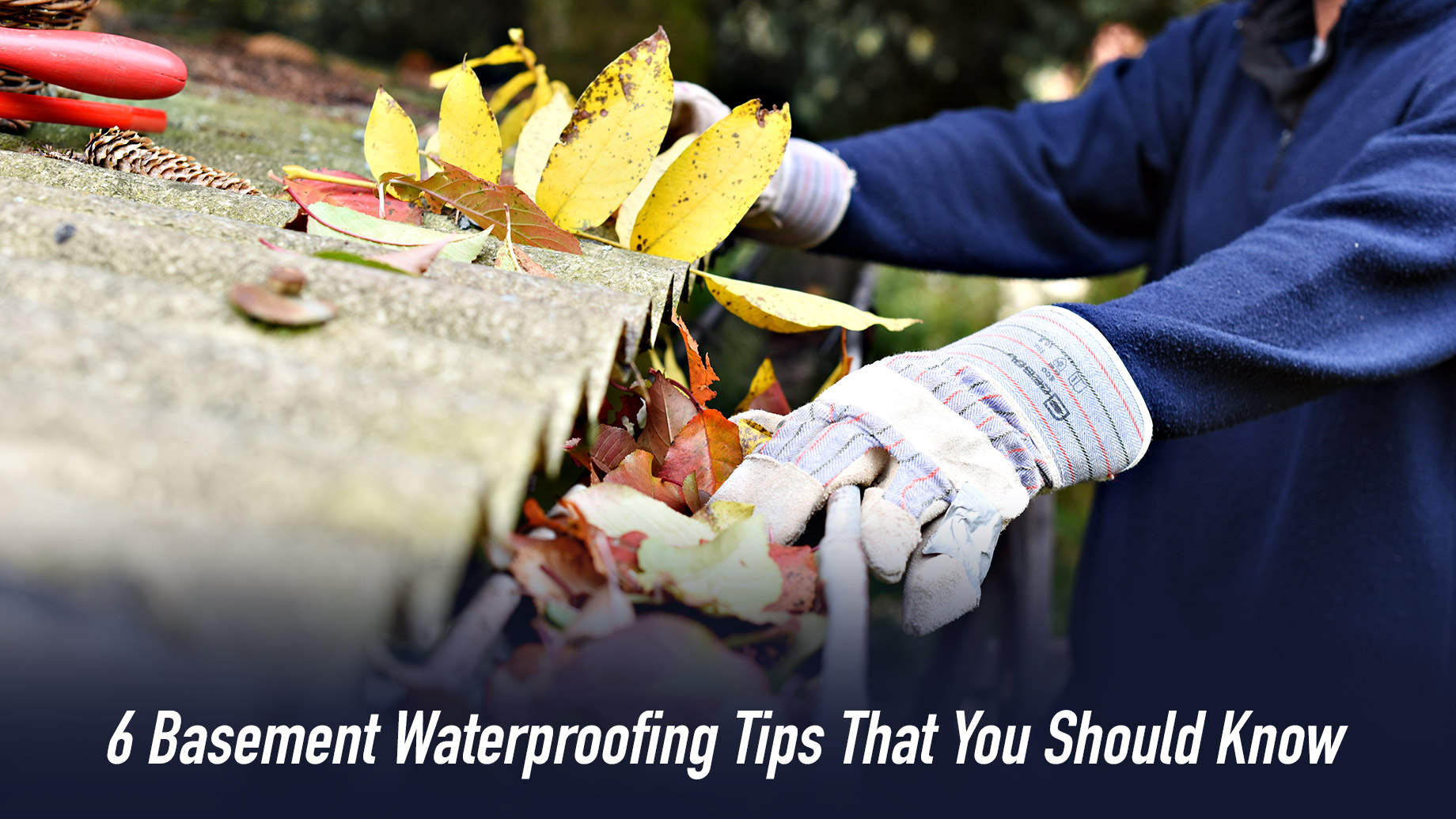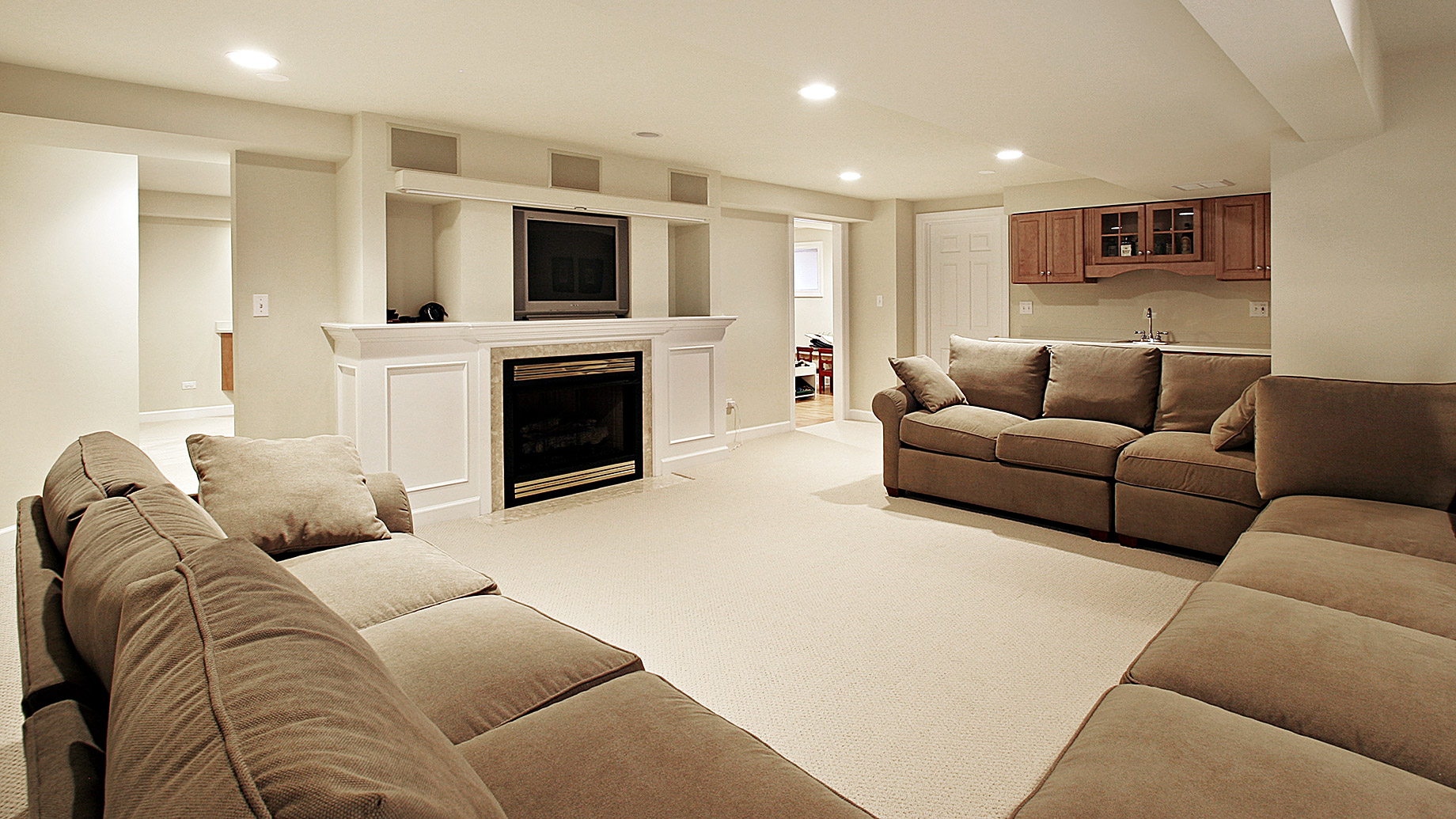
The most common form of damage in homes is water damage. For instance, about 14,000 people in the US experience water damage at work or at home every day.
And the most common area in your property that experiences this type of damage? Your basement. In fact, it’s estimated that 98% of basements in the US suffer from some kind of water damage at some point.
Water can seep in through cracks on the structure’s foundations. Temperature fluctuations can also cause the buildup of condensation or moisture. This can cause structural damage and the problematic growth of mold. Thus, basement waterproofing is critical.
You can choose to rely on quality basement waterproofing services or go the DIY route. If you choose the latter, here are important waterproofing tips you should know:
1. Invest In Good Gutters
Roof drainage is probably the most common culprit of basement leaks. As they collect water during heavy rainstorms, the quality of your roof gutters can mean the difference between a dry and a wet basement.
Gutters are responsible for water damage and effectively direct water flow from your roof and through the downspouts, releasing it to appropriate areas, thereby preventing seepage to the basement foundation that causes leakage.
To be effective, gutters should have a downspout for every 600 to 800 square feet of roof surface. The ends of downspouts should be extended and discharged about 4 to 6 feet from your foundation. Spouts discharging too close to the foundation can act like fire hoses pumping water into your basement.
Keep in mind that investing in a reliable gutter system isn’t enough. You should keep it clean and clear of debris and dirt. Gutters with clogs will fill up faster, causing water to overflow where you don’t want it—near your foundation.
2. Apply Foundation Coatings
Waterproof coatings are your last line of defense against leaky or damp walls. So, don’t skimp on these. They usually have a 10 to 15-psi water pressure rating, making them effective at managing dam basement foundation walls.
Most coatings can be brushed or rolled onto poured concrete, the inside of a concrete block, or other kinds of masonry foundation walls. These ready-mix products typically come in neutral or white colors, but they can always be tinted to better match your space.
Applying waterproof coatings can be quick and easy, depending on the scale of the project. They should dry in about three hours to allow for extra coats.
3. Grade Soil Away
The soil angle around your foundation perimeter may also cause water damage to your basement. To keep rainfall from collecting against the foundation walls, you need to slope the soil away from your home.
Use a shovel, rake, and a wheelbarrow to dig and create at least a 5% slope that extends downward and away from your walls. Make sure that the slope extends about 10 feet in order to prevent water from draining back to your home.
4. Add Window Well Covers
Window wells are molded plastic or galvanized steel pieces attached to your home’s exterior foundation. They’re often fitted with window well covers to prevent the buildup of snow, water, and debris in the window well, which can result in flooding.
If you decide to add window well covers, make sure that you do it properly. See to it that they’re well-attached and sealed to the siding. Use high-quality caulk to the siding to prevent water from dripping between your well cover and the basement.
5. Install A Sump Pump
You should consider installing a sump and a sump pump if your basement tends to suffer from water issues. Sump pumps are small pumps installed in a pit (sump) in your basement or other underground space.
Sump pumps are often installed in basements with groundwater intrusion problems. However, they can also help clear flooding from within your basement. Also, they’re a great option if your basement has high humidity levels and moisture.
6. Use Dehumidifiers
Even if you don’t have a water leakage problem in your basement, you’ll probably deal with a high humidity level due to its location. If your basement’s humidity level is more than 50%, you can remove the excess moisture with dehumidifiers.
Most dehumidifiers can pull 30 to 60 pints of water from the air every day. This is particularly useful in cold or humid areas, making your basement drier and preventing the growth of mold and mildew.
Conclusion

There you have it! Follow the above guidelines to stop water from sneaking into your basement. These waterproofing tips are inexpensive and easy to do on your own, ensuring that you have a dry basement even in the wettest of conditions.